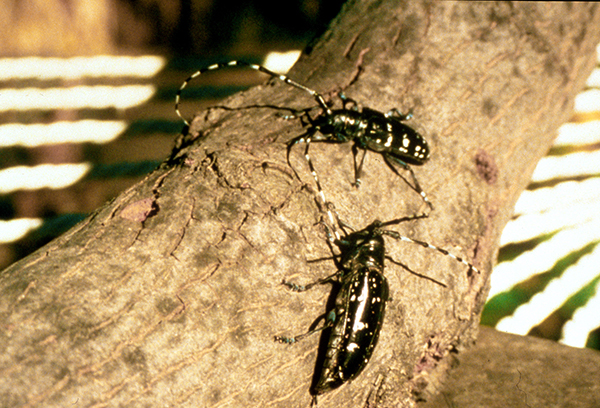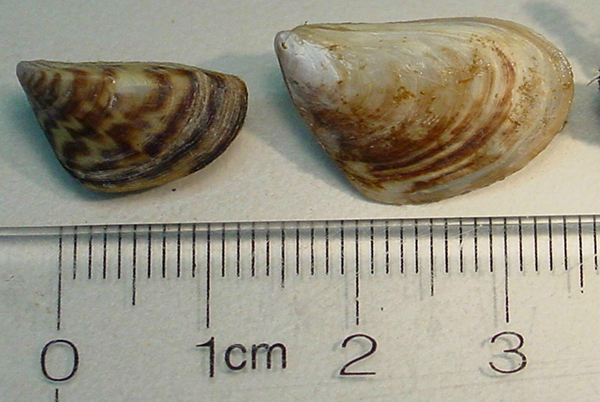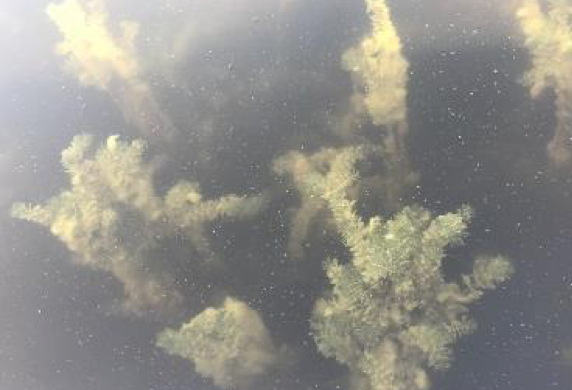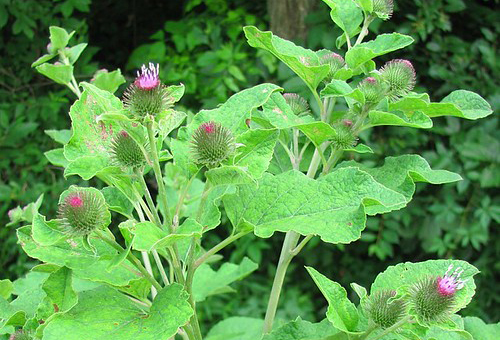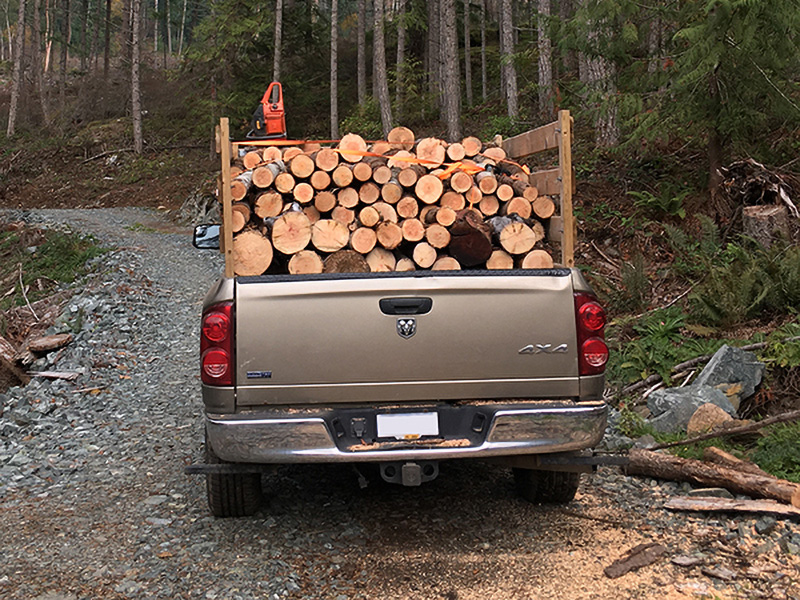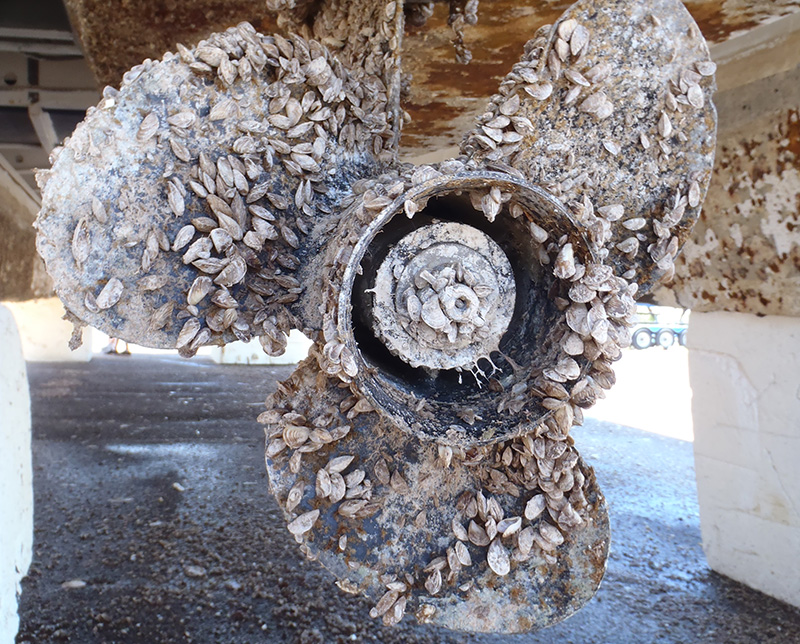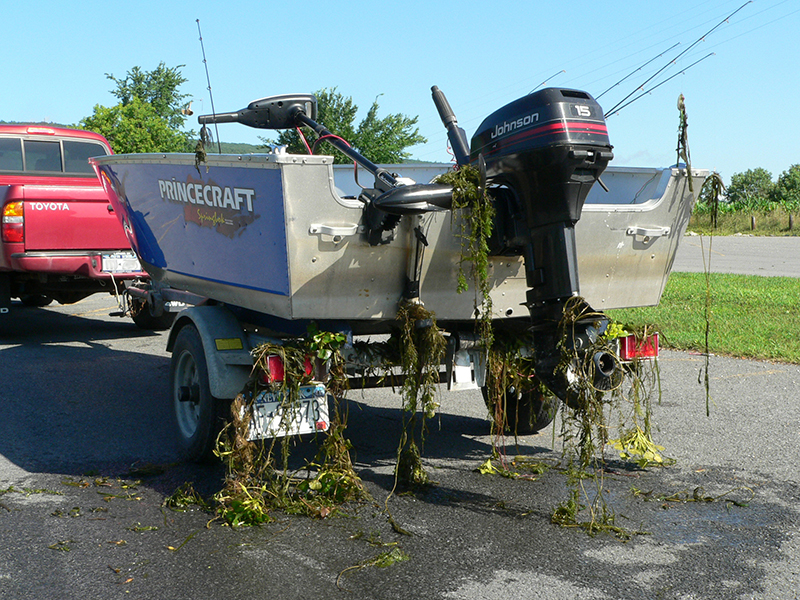How do invasive species get here and how do they spread?
Invasive species are introduced to new areas by humans, often without our realizing it.
Worldwide travel has increased over recent years, and the goods we use travel long distances by land, sea, and air as well. These movements can result in the introduction of invasive species. Once invasive species arrive, they can quickly move into new areas via people, animals, wind, water, and other means of natural dispersal. For invasive plants, disturbance of native vegetation and soil further increases the risk of them becoming established and spreading.
As a government staff member or a person working on provincial public lands under an agreement with the Province, you need be aware that invasive species often hitch rides on equipment and materials that people transport from place to place. There can be hitchhikers on our boats, boots, supplies, vehicles, and animals—an invasive animal can get caught up in your supplies, a tiny seed from an invasive plant may attach to your boot, or a microscopic invasive species living in the water may be left in your boat.
We can move and spread invasive species, intentionally and unintentionally, by:
- transporting invasive plants (seeds or rhizomes ) or invasive animals on equipment such as watercraft, gear, land vehicles (including campers and ATVs), or clothes;
- shipping goods by land, air, and sea (including ballast water);
- releasing unwanted pets or animals into the wild;
- planting invasive plants in a garden or dumping invasive plant parts (including aquarium plants) into natural areas; and
- moving soil, gravel, or firewood that is contaminated with invasive species.
Click on the images below to see how different types of invasive species can spread.
